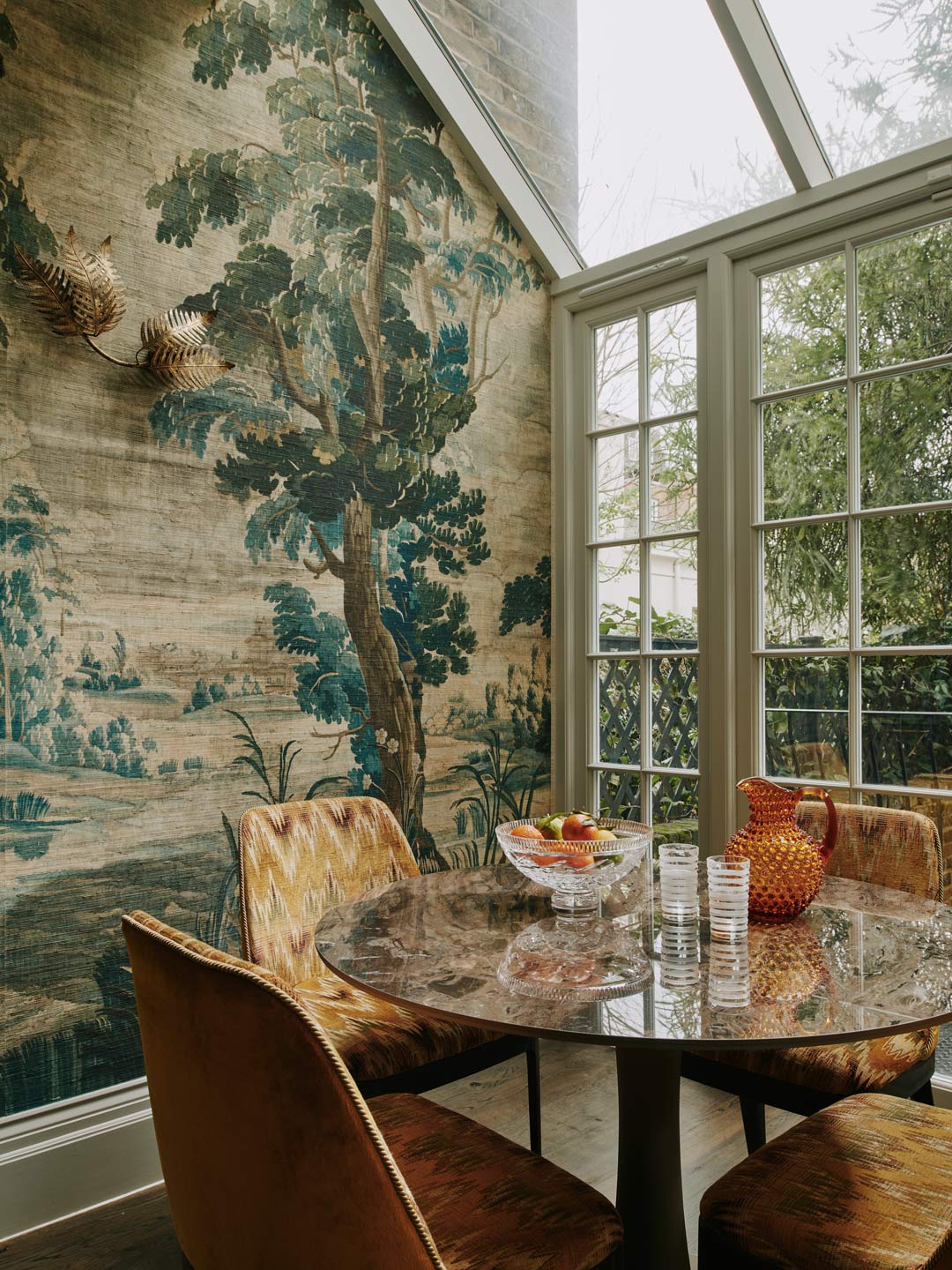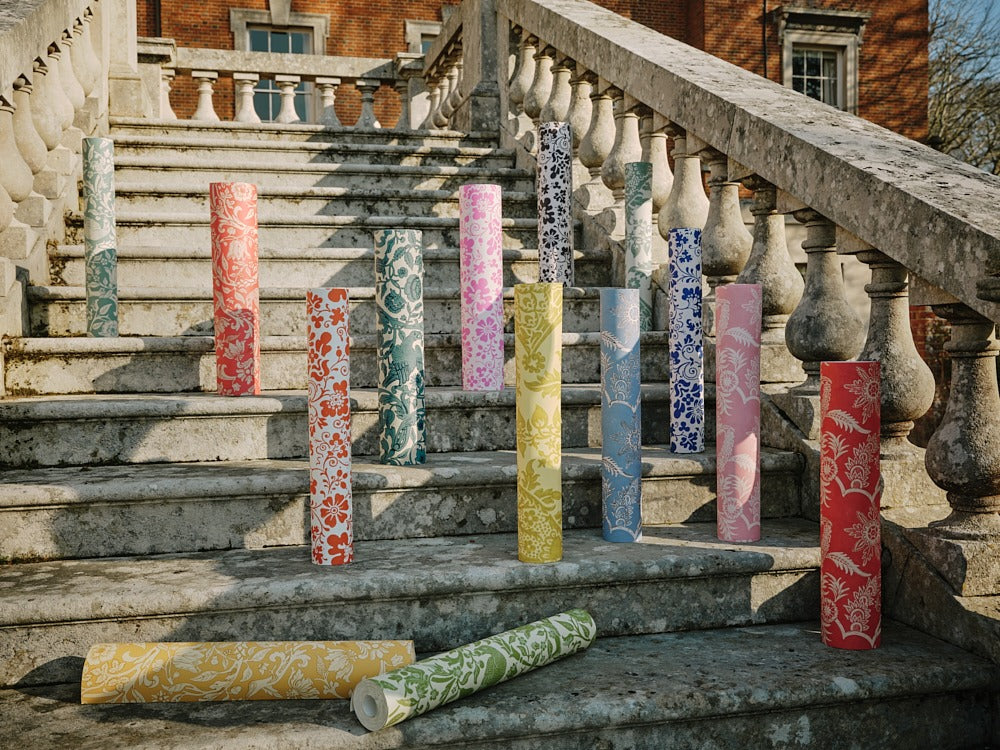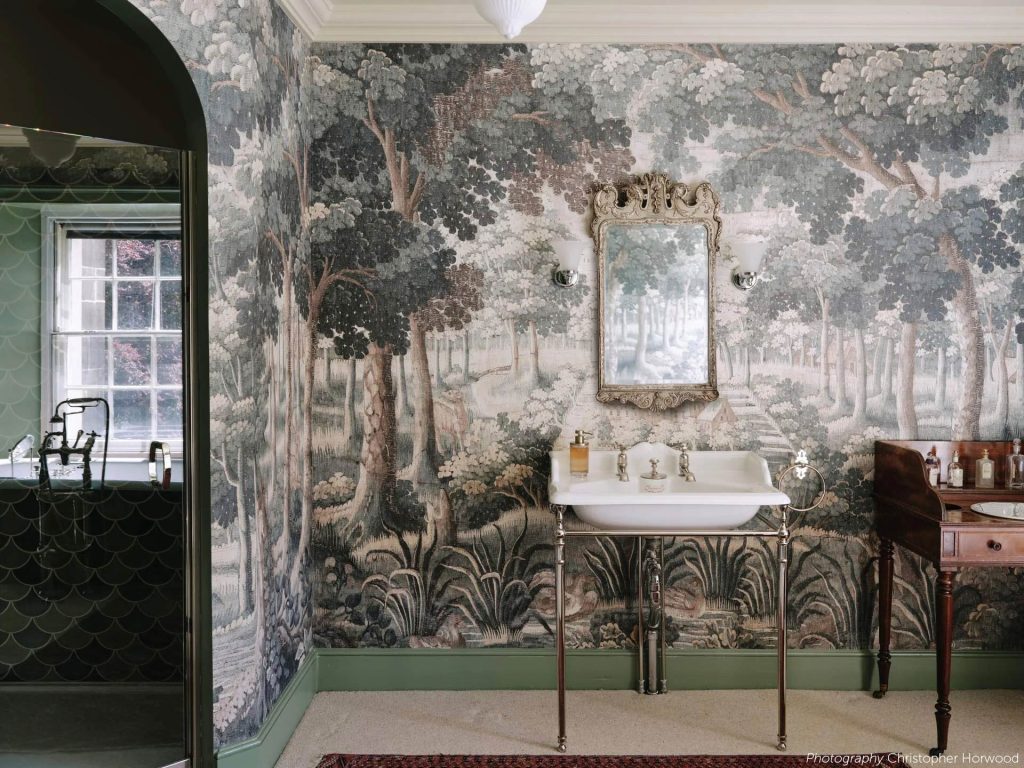Watts 1874: Weaving History into Contemporary Design

In an era enamored with minimalism and fleeting trends, Watts 1874 dares to whisper a richer story — one inked in heritage, traced through tapestry, and whispered through wallpaper. The British house, born in the Victorian age, lives not as a relic of the past but as a custodian of it — reinterpreting centuries of design into heirlooms for the present day.

This is not nostalgia for nostalgia’s sake. Watts 1874 is a portal. Its fabrics carry the brushstrokes of Gothic revival. Its wallpapers echo the chisel marks of neo-classical cornices. The lion rampant, the swirling acanthus, the golden thread of chinoiserie — all find themselves gently reawakened and reimagined, destined not for the museum, but for your drawing room.
In a sunlit townhouse in Belgravia, velvet drapes from Watts’ archive hold court with Bauhaus seating. In a Brooklyn loft, a single panel of hand-blocked wallpaper breaks the industrial chill with the romance of Tudor gardens. This is the paradox that defines the brand — rooted in the past, effortlessly modern.
Their textile library reads like a dreamscape: ecclesiastical silks, intricate brocatelles, moody damasks, jacquards so fine they seem hand-drawn. And behind each one, a story — of a cathedral restoration, of a royal commission, of a forgotten motif from a country estate now reborn in cotton and gold thread.
More than a design house, Watts 1874 is an alchemist of memory. And as the world rediscovers the poetry of detail, the soul of rooms, and the charm of layered living, Watts does not follow the moment — it defines it.
To bring a piece of that timelessness home is to allow your space to speak — not only of taste, but of legacy.



